

Swan Lake by Wallace Chan (Sulptures & Carvings)

Swan Lake by Wallace Chan (Sulptures & Carvings)

Buddha by Wallace Chan (Sulptures & Carvings)

Rabbit by Wallace Chan (Sulptures & Carvings)

Untitled by Wallace Chan (Sulptures & Carvings)

Untitled by Wallace Chan (Sulptures & Carvings)

Untitled IV by Wallace Chan (Sulptures & Carvings)
The Crystal Period (1990s - 2000s)
Further images
-
(View a larger image of thumbnail 1
)
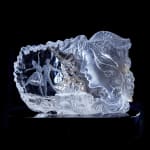
-
(View a larger image of thumbnail 2
)
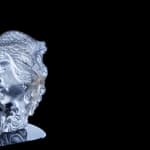
-
(View a larger image of thumbnail 3
)
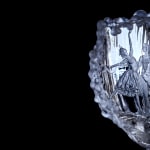
-
(View a larger image of thumbnail 4
)
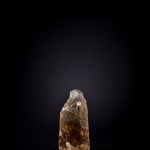
-
(View a larger image of thumbnail 5
)
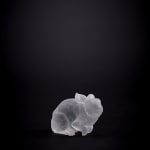
-
(View a larger image of thumbnail 6
)

-
(View a larger image of thumbnail 7
)

-
(View a larger image of thumbnail 8
)
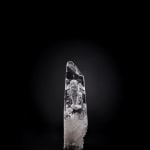
The Crystal Period (1990s - 2000s)
After his invention of The Wallace Cut in 1987, light became an important element in Chan's works. Very often, light is regarded as the leitmotif of his works. Light is his inspiration - his pathway to the unknown.
To understand light, he needed materials that were transparent. Rock crystal was the most accessible and affordable material for him at the time. He worked on crystal of different quality, some clean and some with inclusions. His experience as a gemstone carver taught him to follow the stones, changing course according to what the stones revealed to him during the carving process. He also enjoyed expressing the idea of yin and yang by combining cameo, intaglio and internal carving in a single work.
During his crystal period, Chan was exposed to different cultures and ideologies. The fact that he never received a formal education meant he was not confined by any school of thought. He immersed himself in Greek mythology, as well as Western fairy tales and folklore. As a result, Greek goddesses, European castles and romantic love were recurrent themes in his crystal carvings.
In the 90s, Chan's works were discovered by a Taiwanese collector. A devoted Buddhist, the collector became Chan's patron, mentor and close friend. He urged Chan to study Buddhist scriptures. Chan incorporated Buddhist teachings into his works. At first, the works were mostly figurative and literal. As time went by, Chan learnt to convey his understanding and interpretation of Buddhist philosophy into abstract, philosophical expressions.
In the late 1990s, Chan was invited to create the Great Stupa for the Buddhist Mountain (Foguang Shan) in Taiwan to house a sacred relic - a tooth of Buddha.
First image: Swan Lake by Wallace Chan (Sulptures & Carvings)
Join our mailing list
* denotes required fields
We will process the personal data you have supplied to communicate with you in accordance with our Privacy Policy. You can unsubscribe or change your preferences at any time by clicking the link in our emails.